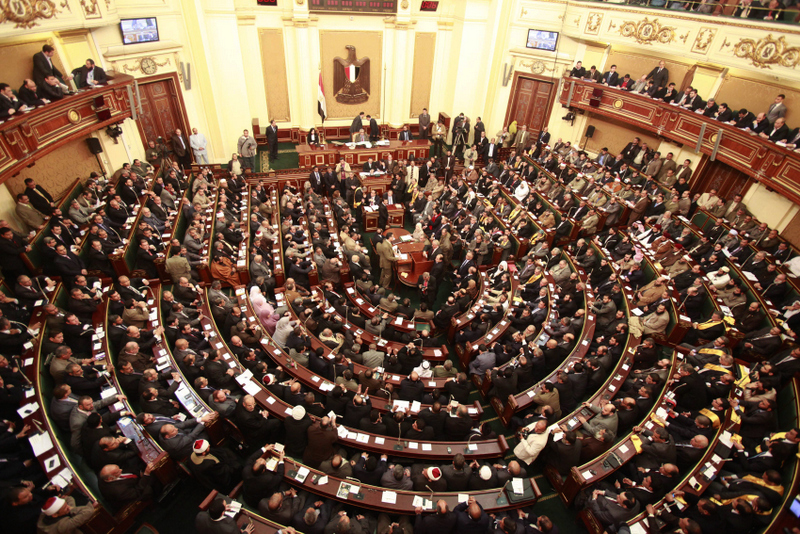HAR ADAR, Israel: The link between Judaism and Islam is profound and is at the root of both religious cultures. Islam sanctified and interpreted sacred Jewish texts and incorporated principles from Jewish law (Halakha) and Rabbinical sources into Islamic law (Sharia). Judaism owes Islam a huge debt for the emergence of the Jewish philosophical oeuvre of the Middle Ages. This literature, which emerged from a profound dialogue with Islam and was influenced by Islamic thinkers, includes amongst others, the writings of Rabbi Saadia Gaon, Maimonides, Rabbi Bachaya Ibn Pakuda and Rabbi Yehuda Halevy and has been a foundation stone of Jewish culture to the present day.
One can talk about a common Jewish-Islamic heritage that existed since the beginning of Islam to modern times. In the last 100 years, however, Jewish-Muslim heritage has been silenced. This is not, as some may be inclined to assume, primarily due to the Arab-Jewish conflict, but to the rise and supremacy of the hegemonic European discourse and the emphasis on the Jewish-Christian heritage within it.
What is the significance of the Jewish-Islamic heritage in our times? Is it possible to renew an intercultural dialogue on the basis of this heritage?
The Jewish-Islamic tradition emerged from the fertile ground of a political and cultural reality that does not exist today and we, as Jews, have no reason to miss it. The Jews are no longer a minority in an Islamic empire and therefore attempts to revive this tradition are not practical. That said, it is sensible and significant to acknowledge its existence. It is important to internalize, for example, the extent to which theological and philosophical Muslim texts like the Mu tazila specifically, and the Kalam, were significant to Rabbi Saadia Gaon and other Jewish thinkers who followed. It is important to note how Maimonides praises the writings of al-Farabi, Ibn Baja and Ibn Roshd; how Rabbi Yehuda Halevy adopted the principle of the mystical taste from the ideas of al-Ghazali and how the Sufi Muslim doctrine of the objectives of the organs and the hearts became the basis for the book Guide to the Duties of the Heart by our Rabbi Bachaya Ibn Pakuda.
These writings of the rabbis and many others like them are studied all the time in various Jewish frameworks. Here we have an excellent didactic opportunity to use existing educational frameworks – both in the formal and informal education systems – to reach a wide Jewish public including many young people. It is the obligation of every teacher and educator to emphasize the Arabic sources, particularly when the writers themselves, like Maimonides, emphasized this fact. Many people are under the misperception that there are great gaps or even a clash between Judaism and Islam. Underlining the importance of Islamic sources in the works of great Jewish thinkers and entrenching an awareness of the profound dialogue that has taken place between the two religions can help correct this erroneous assumption.
This educational process would be an internal Jewish endeavor and could carry important implications. First and foremost, it could ensconce the view that the political war between Arabs and Jews is not a faith war and that the two religions must encourage and prepare both sides to think positively about peace. It could promote an understanding that Islam and Judaism can co-exist and that any generalization distorts the picture.
Despite being primarily an internal Jewish endeavour, this process could have a tangible effect on Muslim-Jewish relations. The act of representing Islamic culture not as the culture of the enemy could empower the groups within Islam who believe in the necessity and possibility of cultural coexistence between Judaism and Islam and between the bearers of both cultures.
It is possible to renew intercultural dialogue between Jews and Muslims on the basis of Jewish-Islamic heritage. The more both Jews and Muslims are confident in themselves and at peace with their own heritage the more we can hope to attain a high level of dialogue. In this way we can hope to build a broad public infrastructure that could one day become a basis for a sustainable peace.
Rabbi Professor Naftali Rothenbergis a senior research fellow at the Van Leer Jerusalem Institute and the town Rabbi of Har Adar, Israel. This article is part of a special series on Jews and Muslims in each other s narratives and was written for the Common Ground News Service (CGNews).


